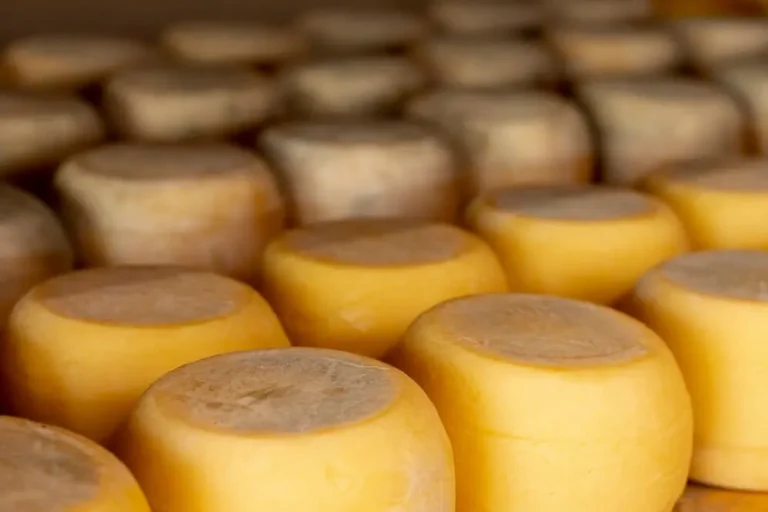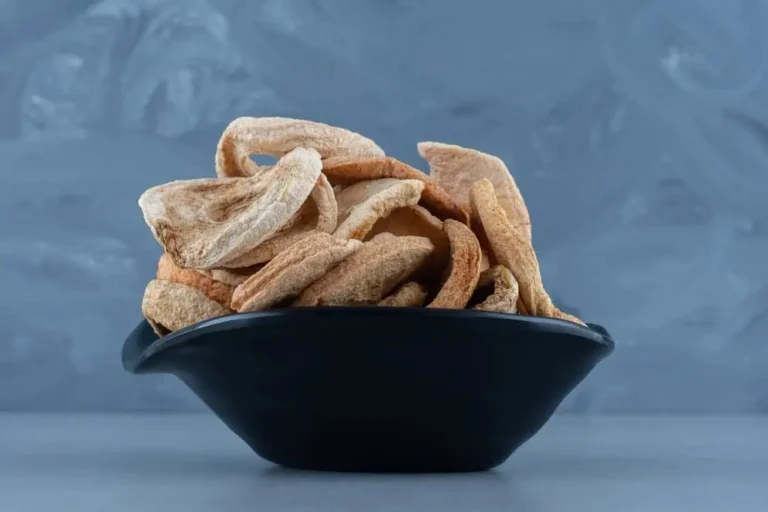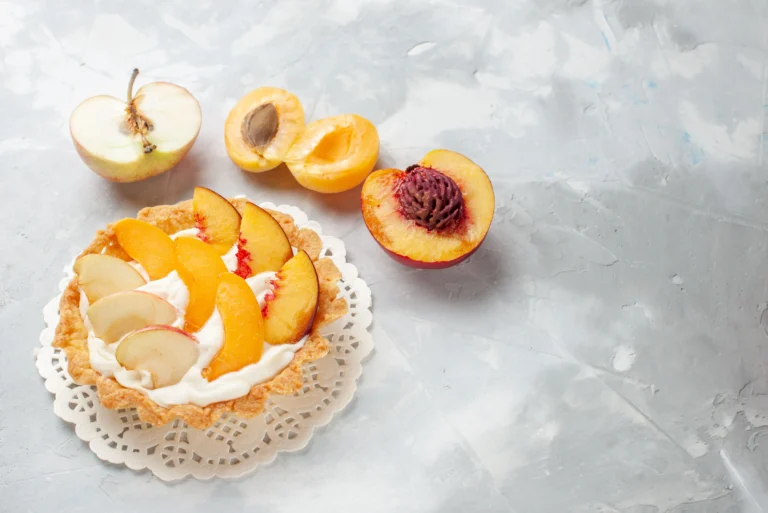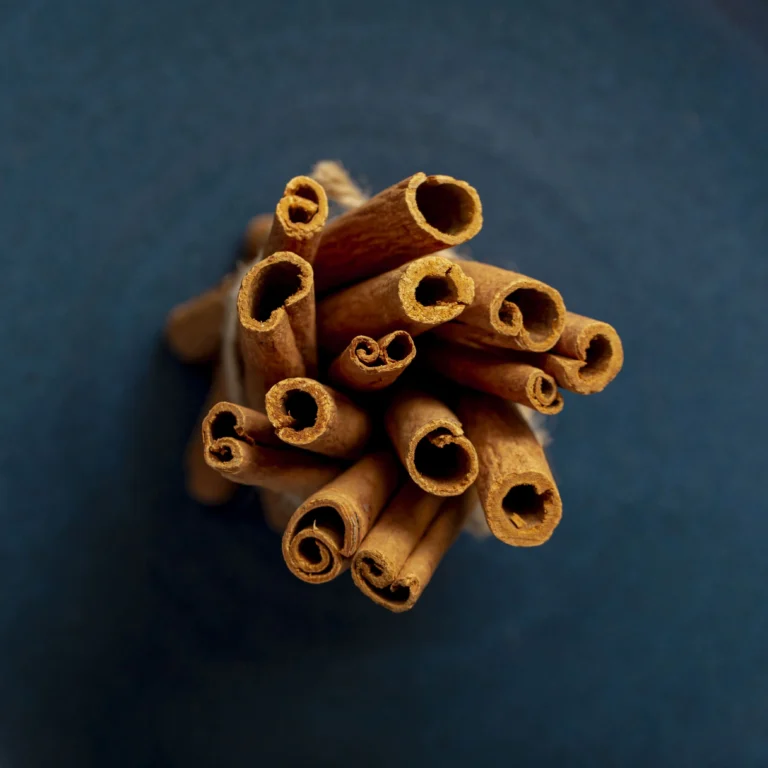High Heat DIY Mortar Mix Recipe: A Complete Guide to Heat-Resistant Mortar
Face it, if you work on a project that has exposure to very high temperatures like a pizza oven, fireplace, or fire pit, then making a high heat DIY mortar mix recipe becomes the crucial skill. This type of mortar has been specially developed for withstanding tremendous heat action, not cracking or deteriorating; thereby, it is perfect for projects needing durability under thermal stress. From this guide, you are going to learn everything that you want to know about making one such high-grade, heat-resistant mortar mix using commonly available materials and the simplest
Why Do You Need a High Heat Mortar Mix?
Regular mortar does not withstand high temperatures in high-temperature environments. Normal mortar cracks, shrinks, and fails when subjected to those conditions. High-heat mortar is, however, specially manufactured to bear those stresses so that your structure remains solid and long-lasting. Use the appropriate mortar mix whether you are building an outdoor pizza oven or simply repairing a chimney: that is needed to get the job done properly.
Materials for a High Heat Mortar Mix
The key to a successful high heat DIY mortar mix recipe lies in the proper selection and proportion of materials. The following ingredients are required to create a heat-resistant mortar:
- Portland Cement: This acts as the primary binding agent, providing strength to the mix.
- Fire Clay: A critical component that enhances the mix’s heat resistance and durability.
- Sand: Fine, clean sand adds structure and improves the texture of the mortar.
- Lime: Lime improves the workability of the mixture, making it easier to apply and mold.
These ingredients are readily available at hardware stores or online, ensuring that you can easily source them for your project.
Step-by-Step High Heat DIY Mortar Mix Recipe
The process of making a heat-resistant mortar mix is straightforward but requires precision to achieve the desired results. Start by combining the materials in the correct proportions:
- Mix 3 parts sand, 1 part Portland cement, 1 part lime, and 1 part fire clay in a large container. Ensure the dry components are thoroughly blended until the mixture is uniform.
- Gradually add water to the dry mix, stirring continuously. The goal is to achieve a thick, peanut butter-like consistency. Adding too much water will weaken the mortar, so proceed slowly.
- Once the mixture reaches the desired consistency, test it by picking up a small amount with a trowel. It should stick firmly but not drip or run off.
This recipe ensures the perfect balance of strength, flexibility, and heat resistance, making it suitable for high-temperature applications.
How to Apply High Heat Mortar
It’s to the point that the use of heat mortar is making it right. Preparing the surfaces to be worked on involves cleaning, drying, and clearing them from dust or debris to promote proper adhesion. Trowel on mortar uniformly along the pressed area for bricks or stones. It is advisable to keep the mortar free from direct heat for a duration of 48 to 72 hours. This is necessary because a mortar develops all its strength during this time.
This nature of an affliction creates open access to the doctor: the patient consults the doctor, reports their complaint, and asks for medicine for that ailment. Heating cement mortar with stirring application is just as cloudy as mixing it. Prepare the surface-cleaning, drying, and removing dust or debris for proper adhesion. Trowel on mortar uniformly along the pressed area for bricks or stones. It is advisable to keep the mortar free from direct heat for a duration of 48 to 72 hours. This is necessary because, during this time, the mortar develops all its strength.
Applications of High Heat Mortar
The highest temperature High Heat DIY mortar mix recipe is very popular in building pizza ovens below which the ovens will operate above 800°F. That means the mortar used in building such structures must withstand more than that kind of temperature without cracking. Common applications would be fireplaces and chimneys since both are exposed to extremely high heating temperatures and thermal expansion. Outdoor fire pits benefit too, as this type of mortar can withstand extreme heat and weathering.
Benefits of Using DIY High Heat Mortar
Perhaps the greatest benefit of creating your own High Heat DIY mortar mixture is that it saves you some costs. Although manufactured high-temperature mortars can be expensive, by developing your own you can save money and customize it to fit your needs. Furthermore, the mortar is sufficiently durable that, in most cases, your work will last years without needing repair. Making it easy, and is within reach even for persons with the least experience in masonry.
FAQ Section
1. Can I use regular mortar for high-heat applications?
No, regular mortar is not designed to withstand high temperatures and will fail when exposed to intense heat. High-heat mortar is specially formulated for such conditions.
2. What is the role of fire clay in the mix?
Fire clay is a heat-resistant material that improves the durability of the mortar under high-temperature conditions. It is an essential ingredient for any heat-resistant mix.
3. How long should I allow the mortar to cure?
High-heat mortar should be allowed to cure for at least 48 to 72 hours. Proper curing ensures that the mortar achieves its full strength and heat resistance.
4. Can I use this mortar outdoors?
Yes, the mortar is suitable for outdoor projects such as fire pits and BBQs. It resists weathering as well as high heat.
5. Where can I buy fire clay?
Fire clay is available at most ceramic supply stores or can be ordered online from masonry and construction suppliers.
Conclusion
A mortar mix recipe DIY high heat prepares for some endurance projects that take it above the usual temperature. With this step-by-step guide, you can easily prepare cost-effective and reliable mortar mixes for various applications. It doesn’t matter if you want to build a pizza oven, repair a chimney, or construct a fire pit. This recipe will ensure that whatever you are putting up is going to last. Take the time for proper mortar preparation and curing, and enjoy the benefits of a strong structure years down the line.







